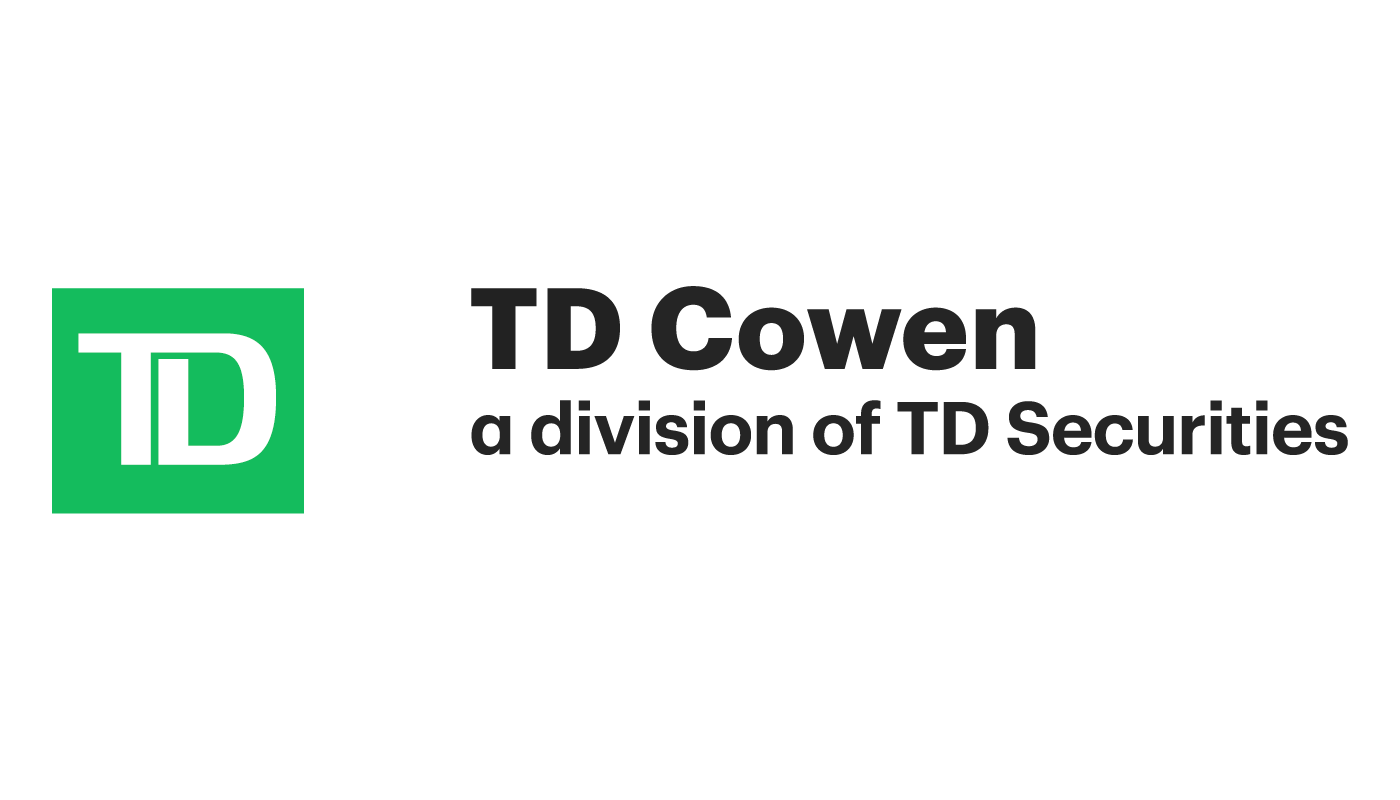Are you sitting down? We’ve got some bad news for you. Despite what the DEI department wants you to believe, not everyone is cut out to be a leader. Carl Jung and Isabel Briggs Myers both proposed frameworks that show how genetic and cultural components contribute to people adopting certain personality types, some of which demonstrate natural leadership tendencies more than others. In other words, great leaders were probably great leaders before they went to bee school.
If that’s the case, why spend six figure on business school? It’s because you acquire tools in exchange for several years of your life and even more years of debt. For example, you learn how to become more comfortable making decisions with limited information. HBS case studies help develop such skills. Leaders need to make decisions with conviction, and not being able to decide is not an option. That’s why we were surprised to see a few stocks in our tech tock catalog where under the “love/like/avoid” column someone put “undecided.” (Rolls eyes.) One of those is Elastic (ESTC).
What Does Elastic Do?
Elastic says they’re a search company with an $85 billion total addressable market (TAM). So, what’s Google, chopped liver? One of the differences lies in public domain vs. private domain. Elastic aims to “enable every organization in the world to utilize the power of search across their data to instantly find relevant insights and take action.” This implies organizations might want to host Elastic’s search capabilities in-house as opposed to in the cloud. Indeed, over half their deployments are on-premise, though cloud continues to grow its proportion consistently every year.
Enterprise search is a domain that the MBAs over at Gartner have captioned, “insight engines,” and Elastic happens to be a leader in that space alongside Microsoft and a handful of other names including a Canadian stock we’ve never come across before – Coveo (CVO.TO).

Insight engine provider Coveo talks about how their solution helped Salesforce achieve a +90% self-service success rate which implies they’re externalizing some of their data for customer search. This is rather ironic. In ancient times, customer support agents would scour Salesforce customer support tickets looking for frequently asked questions to populate an external knowledge base with. Today, AI algorithms might scour support tickets for repeat questions being handled by Rosy in Manila and then use them to populate a customer self-service tool. This is where data permissions become even more important.
Before we go too far down the rabbit hole of insight engines, let’s remember this makes up just over one-third of Elastic’s revenues and happens to be growing slower than their other two segments – Security and Observability.

The largest revenue segment for Elastic, “Observability,” is one we discussed in last year’s piece on 5 Application Performance Monitoring Stocks which involved companies selling technically complex, but very useful, services to other companies using cryptic labels such as Security Information and Event Management (SIEM) or Application Performance Monitoring (APM).
Security and Observability
Fortunately, Gartner provides us with a magic quadrant that defines the leaders in what they refer to as “APM and Observability.” As you can see, Elastic isn’t much of a leader, and the dominant providers right now are Datadog (DDOG) and Dynatrace (DT).

Here’s what we had to say about that in our last article on Datadog vs Dynatrace vs Splunk: The Best Stock Is?
Datadog clearly comes out as the winner in the APM space, though we haven’t yet looked at two of the smaller contenders – Elastic and New Relic.
Credit: Nanalyze
On one hand, you could argue that Elastic provides some diversification effects with their various revenue segments. On the other hand, we’d argue that being a laggard in multiple domains isn’t preferable to investing in leaders. Looking at Elastic’s third segment – Security – we see them talk about “endpoint and cloud security,” two topics we’ve covered when looking at CrowdStrike (CRWD) and HashiCorp (HCP). Those two firms are leaders in endpoint and cloud security respectively, not laggards.
What About ChatGPT?
Another leader in this space, Mindbreeze out of Germany, tells us that “insight engines” differ from “enterprise search” because they “include a broader spectrum of technologies that dramatically increase zee quality and scale of zee search.” The properties of an insight engine can be described as natural language enabled, completely comprehensive, and proactive (think Google suggest). A description by Gartner introduces the term “wide data” and implies that searchability helps facilitate automation.
Insight engines (IEs) draw data from a wide variety of sources and types — “wide data,” including repositories, websites and databases — into a central index that can be queried. Doing so enables insight engines to serve as a mediator for information to support decision and action, or data to support automation.
Gartner
This brings to mind a tool that absolutely nobody seems to be discussing – ChatGPT. Could the emergence of generative AI transform the way that insight engines operate? Or perhaps allow organizations to deploy their own solutions easily?
It’s hard to see any corporate legal team allowing a black-box corporate-wide search engine that automagically knows who should see what. Companies banning the use of ChatGPT is an example of how sensitive decision-makers are about data security. Perhaps insight engines will need to embed generative AI technology within their accessibility framework, but that becomes tricky. As people have shown, asking a question any number of ways can be used to “trick” an algo into giving up its secrets. Then there’s that pesky hallucination problem which is a liability that’s always hanging around your neck. Or perhaps the AI algo sits “at the edge” and teaches the user how to perform better searches to find the answers they need. In any case, this is an emerging topic that needs some of the hype dust to settle before it can be properly analyzed.
Where generative AI might be more effective is in analyzing log events to figure out complex problems. When you’re an IT administrator troubleshooting a problem, you’re usually an administrator and privy to all the data. So, the extent to which ChatGPT will affect Elastic might differ for each revenue segment.
Valuation and Survivability
It’s coming up on five years since the Elastic IPO and shares are trading nearly at the same price they closed at during their IPO debut – $70 a share. That’s a deceptive metric though, because you need to consider if shares outstanding expanded over time. Indeed they did – from 32 million in 2018 to 94 million in 2022 – but that’s because they’ve been making lots of acquisitions.

Despite all that M&A activity, Elastic only has $305 million in their balance sheet which means they didn’t overpay too much for acquisitive expansion. Getting back to valuation, Elastic has a simple valuation ratio of around six, right in line with our catalog average.
As for survivability, their $877 million in cash on hand is offset by $567 million in debt leaving a net cash balance of $310 million. With 2022 gross margins of 73% and operating cash flows hovering around breakeven, Elastic shouldn’t have any problems surviving the bear market we’re in, though it’s probably not a stock we’d consider investing in.
Thoughts on Elastic
It’s hard to find a software-as-a–service (SaaS) business model we don’t like (provided all the metrics read well), and Elastic isn’t throwing off any red major flags. Our disdain towards Elastic is more about the opportunity costs. On the bullish side, we like the breadth of their offering which appeals to CTOs looking to consolidate vendors in the face of macroeconomic headwinds. The growth of cloud also means they’ll experience an uplift from existing customers spending more as they make the transition. To measure that, we’d like to see net retention rate plotted over time, but that’s only found in their earnings press releases as a solitary number. It’s not in the SEC filings nor the investor decks. When critical pieces of information are missing from investor decks and SEC filings, it’s much harder to effectively gauge the health of a business. Elastic’s investor relations team needs to get on the ball here.
So, do our MBAs have enough information to make a decision? No, but that’s why they’re MBAs. They make decisions without having all the information, and they do so with conviction. Then they send you a 5-figure bill for the week they spent 10 hours thinking about your problem. We’re leaning towards avoiding Elastic more than we are liking it. That’s because if we had a choice between holding 100% Elastic or 50% CrowdStrike / 50% HashiCorp, we’d opt for the latter. Sure, we’d be missing out on exposure to “insight engines,” but that’s also the slowest-growing revenue segment. For those who do choose to dabble here, keep a close eye on net retention rate to make sure their solutions are “sticky” as firms look to cut costs and consolidate vendors.
Conclusion
Elastic turns organizations into searchable databases that enable insights for operating more efficiently and effectively, but that’s only a third of their business. Their other revenue segments have emerged from acquisitions that seem to make them a jack of all trades, but master of none. The move to consolidate vendors may play in their favor, but they’ll also face pressure from larger competitors who offer more comprehensive solutions with more flexible pricing. That’s why net retention rate and revenue growth will be key indicators to show sustained demand for their services even during difficult times.
Tech investing is extremely risky. Minimize your risk with our stock research, investment tools, and portfolios, and find out which tech stocks you should avoid. Become a Nanalyze Premium member and find out today!









































